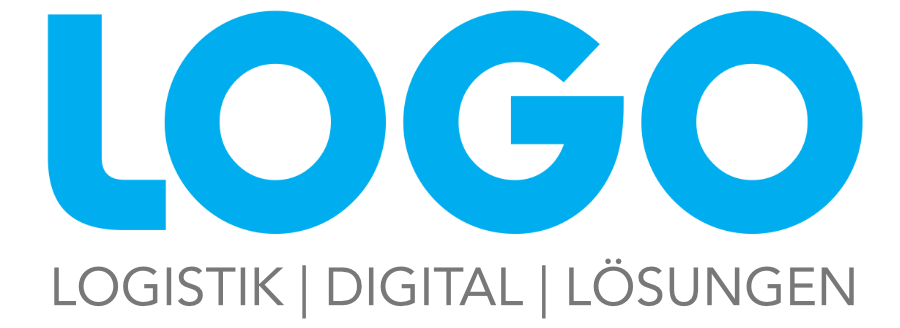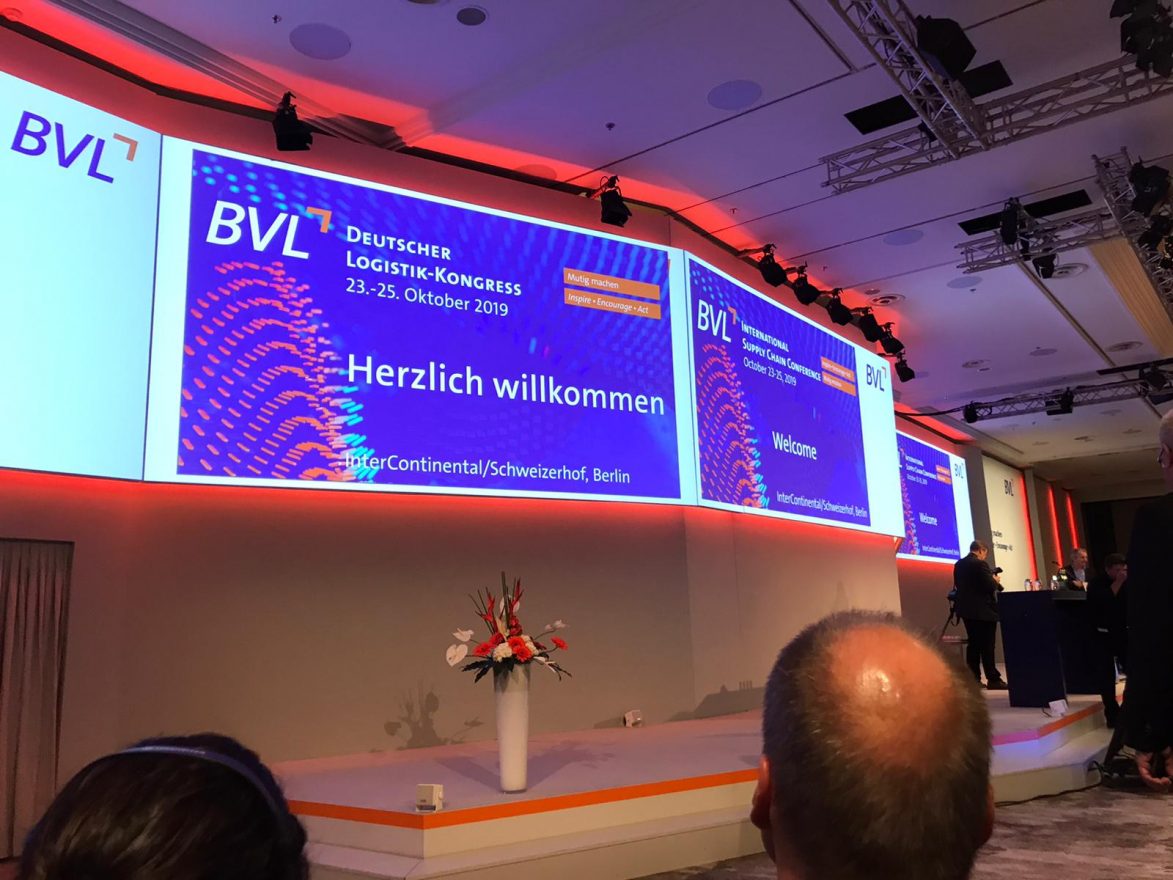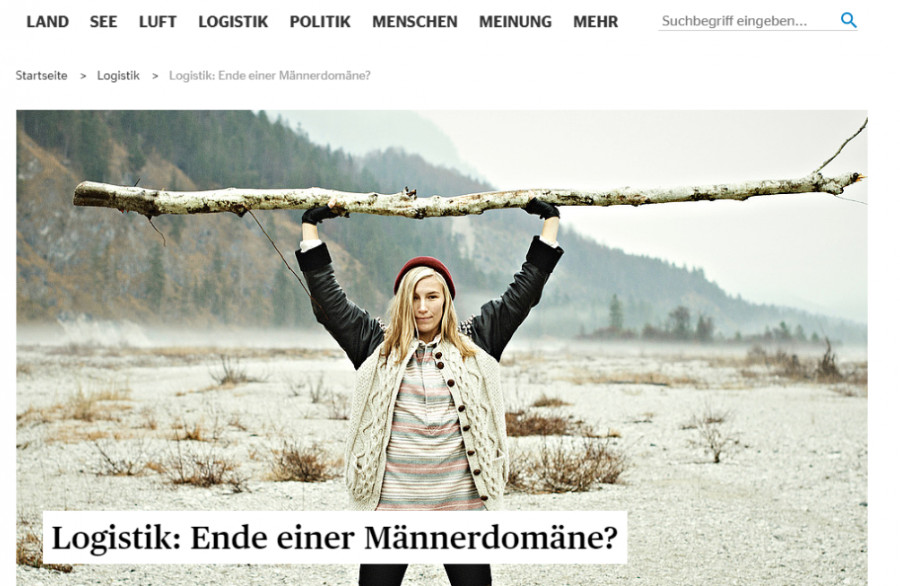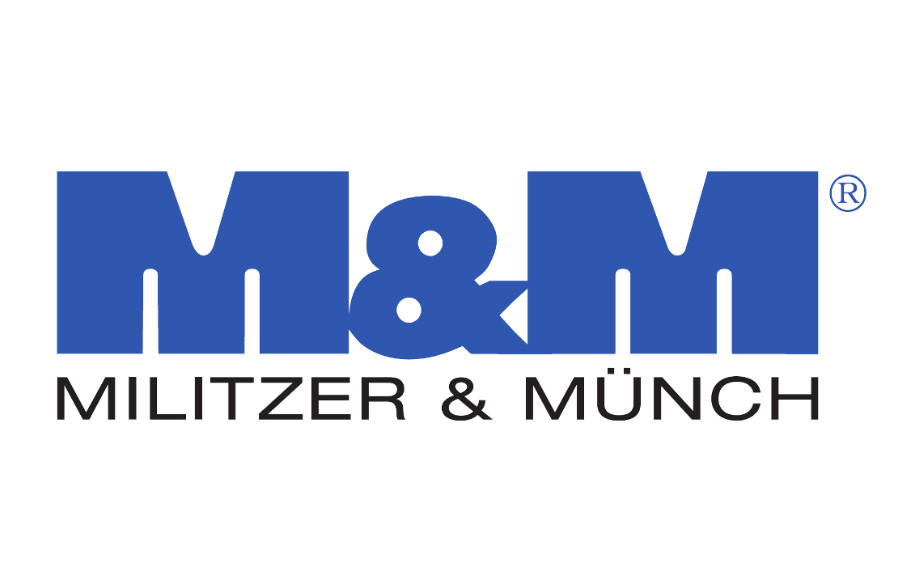And this is despite the exceedingly gloomy forecasts as recently as the middle of last year:
There are simply too many orders and too many customers.
The volumes of goods are developing steadily upwards, but there is hardly any sign of the earlier phases with much or little transport of goods. There is no end in sight to this development.
In discussions with managers from a wide range of logistics companies, these issues come up again and again. Cargo space has been in short supply for a long time, but this year the limits are being permanently exceeded. The whole thing is accompanied by a shortage of drivers and unbelievable price increases. The entrepreneurs and management of logistics companies are therefore faced with major challenges, which also affect customer service and sales activities.
Without CRM and targeted sales activities it will be difficult
If you think that you don’t need a CRM in a situation like this because it’s a sales tool and you’re not actively selling at the moment, you’re overlooking an important factor: a well-maintained and integrated CRM provides all the information you need to target sales activities and work efficiently.
Maintaining existing customers and expanding business relationships come first
Existing (good) customers currently have to be constantly reassured because their goods cannot be transported on time. This is an unpleasant task for account managers and sales staff, even though so much is known about global transport problems from the media that customers are already forewarned. This is also something new from my point of view: the quite normal press reports on the delivery problems, which have been extremely intensified by Brexit, container congestion in San Francisco, port closures due to Corona in China or the closure of the Suez Canal.
At the same time, price increases have to be communicated, because costs have risen extremely and the logistics provider has to pass some of this on to customers. In combination with sometimes unpunctual deliveries, this is no easy task. However, if good information from the CRM can be used to conduct the conversations in such a way that the customer feels understood despite everything, it can still be successful.
In addition to cultivating the strained customer relationship, sales must track down cross-selling potential and expand existing business as far as it fits the portfolio.
Define the ideal customer.
To get structure into your strategy, you need to define who the ideal customer is. Or define 3-4 optimal candidate types.
The criteria can be the industry of the customer (automotive, food, high&heavy), the line of business (land, air, sea), the type of cargo (LCL, FCL, groupage, long) and the relations (tradelanes in Europe, sea freight South America, air freight to Scandinavia).
“We don’t take new customers anymore”
That would be a possibility, but it is not the best one from my point of view. Because those knocking on your door now could also be customers that fit your portfolio much better than the existing customers. Which reporting options help to distinguish good existing customers from less good or completely hopeless ones was explained by my colleague Veronika Bauer in her last BVL blog “Together into the future with the right customer”.
Good sales management is more important than ever
Once the assessment of existing customers is available, sales can be managed to target the ideal candidates very specifically. For your ideal customers you have the ideal solution and therefore the acquisition is much more structured and the sales people reach their goal (or a clear rejection) faster. This is no longer pure cold calling, because you have a solution to offer that you know the customer really needs.
A hard step: giving up existing customers
In the current climate, it is inevitable in most companies to stop serving difficult or less rewarding customers. This is often painful, especially for account managers who had a good rapport with employees on the other side. But a customer who pays poorly or not at all, who asks umpteen times where the shipment is and then still complains about the service, simply makes too much work for the profit it yields. The gut feeling of the sales staff is often influenced by such personal relationships. The economic evaluation set against it according to the above-mentioned criteria makes the separation understandable for the account managers as well.
Opportunities through discarding ballast
It sounds tough, I know. Anyone could be the customer themselves who is perceived as ballast and is “sorted out” by the service provider. But special times always call for special measures and in a market where there are more orders than service, the entrepreneur has the chance to reshape his customer portfolio.
Sales and customer care pave the way to an ideal customer portfolio
Structured assessments, customer categories and sales strategies make sales an important part of business success at this stage. Motivate your account managers and sales people and don’t call an acquisition halt in your company!
Feel free to contact me if you would like to know more about sales strategies, existing customer farming and the optimal use of CRM.
This post was published on the BVL-Blog on 08/16/2021.












